Initially, they made some people uncomfortable, but one thing is certain: chatbots are here to stay. For example, AI-based assistance systems based on NLP (Natural Language Processing) like Alexa and Siri have simplified the lives of many people enormously in recent years. Chatbots have also been used successfully in customer service for some time. And in the more recent past, applications such as ChatGPT gained increasing popularity. In this article you will learn, among other things, what chatbots are, how they work and what they can do with technologies like Artificial intelligence and NLP.
Inhaltsverzeichnis
What are chatbots?
Chatbots, or bots for short, are interactive applications that can simulate a human conversation and respond to incoming messages from the user. With the help of Natural Language Processing (NLP) and Machine Learning (ML), chatbots can interpret language and adapt better and better to the needs of users. Companies often use them, for example, to answer customer queries automatically via a chat interface.
Benefits and risks
Both for companies that want to sell products or services and from the user perspective, chatbots have numerous advantages. The focus here is on the massive increase in efficiency made possible by their use. The virtual assistants are available around the clock and are able to provide quick and targeted answers.
Customers do not have to adhere to customer service business hours, but can contact the company 24/7 with their concerns. The shortened waiting times sometimes lead to a better customer experience. Chatbots thus provide customers with a simple and easy way to Intuitive way to solve problems yourself and get desired information. Through the progressive optimisation of NLP and ML, the reactions of chatbots to queries are constantly becoming more accurate.
At the same time, companies that use virtual assistants in customer care reduce their personnel costs. However, the development and implementation of such technologies are currently associated with relatively high investments. Added to this are the costs for maintenance and further development. In order to offer their own customers the best possible user experience, new features should be added regularly.
Furthermore, chatbots have the ability to automatically collect data. This feature is both an advantage and a disadvantage. It gives companies valuable insights into the interests and preferences of their customers. Based on these insights, personalised support is easier to provide, from which the customer also benefits. On the other hand, this circumstance is by no means harmless in terms of privacy and data security. Companies must ensure that data protection laws are complied with and that data is not misused.
For this reason, some people still harbour mistrust towards AI technologies such as chatbots. Companies need to be aware that a certain proportion of their customers will not use these applications for the time being, despite all the benefits.
How chatbots work
To provide the right answers to users' questions, chatbots draw on stored recognition patterns and knowledge bases in Databases back. In the course of this, they use Natural Language Processing (NLP), i.e. computer algorithms that help them understand and correctly interpret human language in its natural form. Using machine learning (ML), chatbots learn from previous conversations so that they adapt even more optimally to user needs. In addition, developers can define certain rules according to which chatbots should react to certain requests.
To summarise succinctly follow Chatbots a sequence of three simple steps, understanding, acting and responding. Consequently, their mode of operation is simple:
- First, the chatbot receives some form of input, i.e. user input. This can be done by means of text or voice input, whereby spoken language is converted into text form in a first step.
- The next step is the so-called "preprocessing". The utterance is broken down into its individual parts and analysed according to defined rules. In this step, any typing, language or spelling errors are corrected before the request is processed further.
- Subsequently, the actual interpretation and processing takes place on the basis of certain recognition patterns.
- Now the chatbot searches the databases available to it for suitable answers.
- Within the scope of "post-processing", the determined answer can, if necessary, be supplemented by script-controlled calculated data.
- As soon as the grammatical synthesis - i.e. the assembly of the information into sentences that make sense - has been completed, the chatbot delivers the corresponding output in text or speech form within a few seconds.
Besides NLP and ML, there are a number of other algorithms that improve the functioning of chatbots. As a rule, an intelligent mix of different mechanisms is used.
Chatbots and Artificial Intelligence
In connection with the topic of chatbots, the term artificial intelligence (AI) often comes up. In general, AI refers to a field of computer science that deals with technologies that teach computers to perform tasks that normally require human thought. These include, for example, decision-making and problem-solving processes as well as understanding natural human language.
Many chatbots use certain AI technologies - especially machine learning and natural language processing - to better interact with users. They are able to provide "intelligent" answers and have human-like conversations with users. By combining previous dialogue systems with artificial intelligence, chatbots have been able to significantly expand their previous processing and comprehension capacities.
Types of chatbots
A large number of the well-known chatbots such as ChatGPT are based on artificial intelligence. However, this is not the case for all chatbots. Based on the underlying technology, a distinction is generally made between rule-based, AI-based and hybrid chatbots.
Rule-based chatbots
Rule-based chatbots do not make use of AI technologies such as Natural Language Processing (NLP), Natural Language Understanding (NLU) or Machine Learning (ML) are used. To answer queries, they fall back on some predefined response options and procedures. For example, the developers can specify how the chatbot should react to certain inputs in the form of If-Then statements. This type of chatbot is suitable for simple dialogue trees, but soon reaches its limits with more complex requests.
AI-based chatbots
In contrast, AI-based chatbots are suitable for complex topics. AI technologies such as ML ensure that they continuously learn and are continuously optimised for the desired purposes.
Hybrid chatbots
Hybrid chatbots combine the services of a virtual assistant with traditional human customer service. First, the bot takes care of processing the customer's enquiry. If it cannot provide a useful answer, an employee finally takes over.
In addition, chatbots can also be divided into two categories based on their application: executive and informative chatbots. Although there may be overlaps in practice, the two types of chatbots can be characterised as follows:
Executing (application-specific) chatbots:
This group of chatbots focuses on improving the user experience. They help the user to carry out certain tasks by means of automated processes. These include classic calendar functions, bookings, orders, table reservations or account queries.
Informing chatbots:
As the name suggests, informative chatbots provide information to their users. In general, this type of chatbot is about satisfactorily answering questions. A popular example of this category would be the so-called FAQ chatbot, which many companies use on their websites.
Areas of application in various industries
In principle, chatbots find everywhere Application where communication takes place or is required. Depending on the area, the use of chatbots in business can be a great relief. Among the many possible applications of chatbots are the following use cases:
- E-commerce: In many online shops, customers are supported by bots when selecting or searching for products and in the course of the purchasing process. The largest and internationally best-known online retailers offer such features.
- Customer advice and customer service: Informative chatbots in particular are used when it comes to answering customer queries as quickly as possible. They also serve as the first interlocutor to record and forward complex problems and questions.
- Mobile banking and finance: In the financial sector, chatbots help customers to carry out transactions and obtain information.
- Social media: On Twitter, Facebook and other social media, so-called social bots are used to provide automated answers to user questions, mostly for marketing purposes.
- Education: Language learning apps and other types of educational software are increasingly using bots with which learners can interact.
- Healthcare: Especially in the field of mental health, chatbots have proven to be a useful addition to outpatient care in recent years. In diagnostics, they offer support in monitoring symptoms.
- Recruitment and Human Resources: In the search for suitable employees and in the onboarding process, many companies now use virtual assistants. Furthermore, chatbots are increasingly providing support in personnel management.
- Private communicationMessenger services such as WhatsApp allow their users to create automated responses with the help of chatbots. These features can be used both privately and commercially.
Which type of chatbot is used always depends on the respective area of application. Rule-based chatbots can be used sensibly where predefined answers are possible, for example in the e-commerce sector. AI-based chatbots are suitable for areas where a conversation that is as human-like as possible is required. A particularly common example of this would be psychosocial or psychological counselling. On the other hand, when a virtual assistant reaches its limits, hybrid chatbots pay off in the area of customer advice, for example.
Examples of popular chatbots
The chatbot market is subject to constant change. At the moment, it is characterised by a strong dynamic. New technologies and applications are released on a regular basis. The most sought-after virtual assistants currently include:
Google Assistant
The AI-based voice assistant from Google is particularly widespread. This is mainly available for mobile devices such as smartphones and speakers and supports users in carrying out certain everyday tasks.
Siri
Another well-known AI-based chatbot is Siri from Apple. This virtual assistant can be used on the iPhone, iPad and other Apple devices. Based on Natural Language Processing, Siri answers and processes user queries. The bot can also make calls, compose text messages and provide directions.
Alexa
Amazon's voice assistant also makes use of AI technologies such as machine learning (ML). Alexa can be used on numerous Amazon devices such as the Echo Dot or the Fire TV Stick.
ChatGPT
An extremely powerful and popular chatbot is ChatGPT by OpenAI. The speech-based application enables a largely realistic, conversational exchange. Since the software builds on large knowledge bases and uses ML algorithms, it can interact with users in a highly flexible way.
Mitsuku (Kuki AI)
The award-winning AI chatbot was developed by Steve Worswick in 2005. It is based on the so-called AIML technology (Artificial Intelligence Markup Language) and works with Decision treestemplates and rules. The application is available on different platforms such as Twitch, Facebook Messenger or Telegram.
Replica
As a "personal friend", Replika provides support to people. The AI-based application enables authentic human conversations and is often used as a kind of therapy option.
Chatsonic
The smart AI chatbot is considered an alternative to ChatGPT. The special feature of Chatsonic is that current Google search results are included in the output and sources are provided. Otherwise, the user interface is very reminiscent of ChatGPT.
Drift
The AI-based B2B chatbots from Drift were developed for sales. In this way, potential customers can, for example, make an appointment directly in the dialogue window.
MobileMonkey
The chatbot builder is used for lead generation and has focused on the area of social media. It supports companies in customer communication and increases user engagement.
Andy - English Speaking Bot
This rule-based chatbot was developed specifically for English language learners. It enables interactive learning and provides exercises and answers to learners' questions.

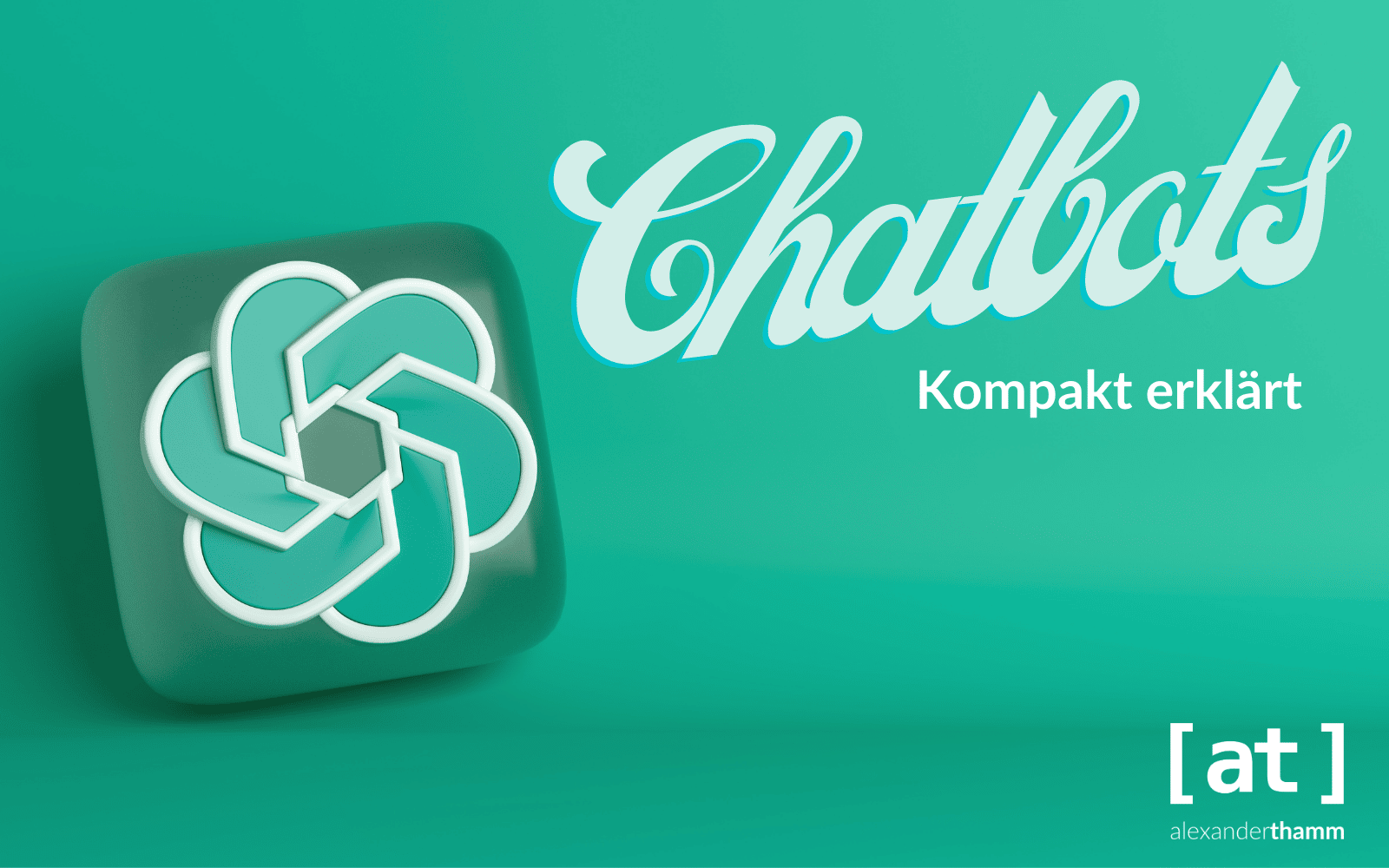

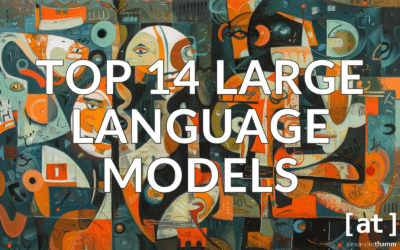

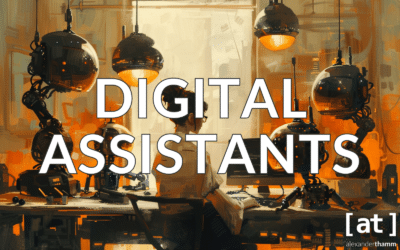
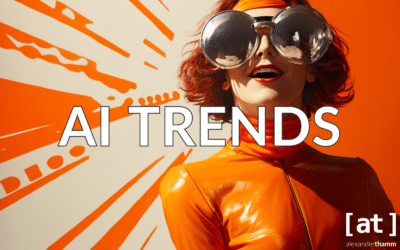
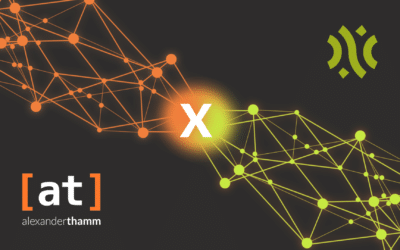



0 Kommentare